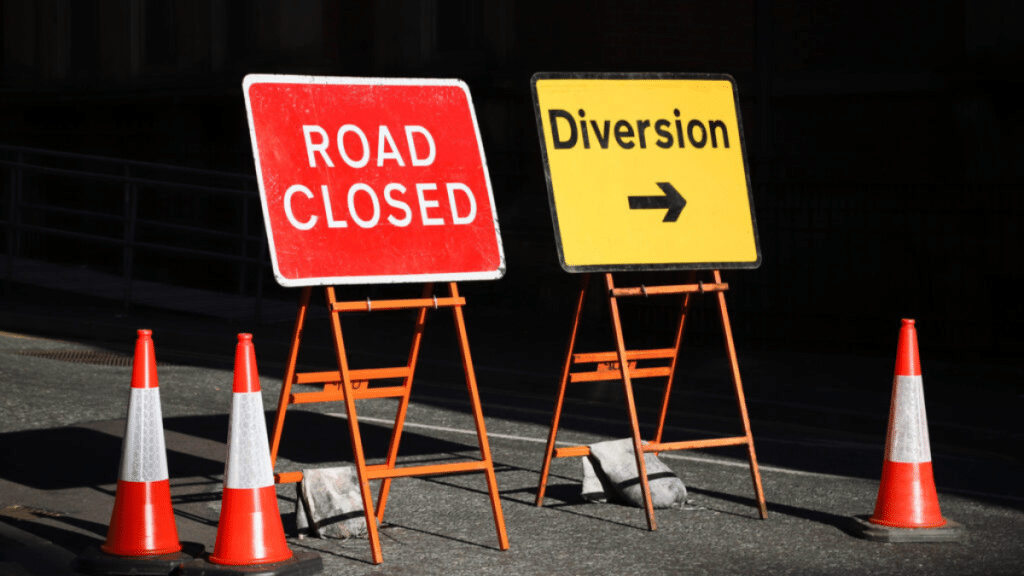Signage plays a critical role in how businesses communicate with customers, promote their brand, and guide visitors. But not all signs are created equal. When planning your signage strategy, one of the first decisions you’ll need to make is whether to go with temporary or permanent signage. Both have unique strengths, and the right choice depends on your specific goals, timeline, and budget.
Here’s how to compare the two, and how to decide what’s best for your business.
What Is Temporary Signage?
Temporary signage is designed for short-term use and is often made from lightweight, cost-effective materials like vinyl, corrugated plastic, or foam board. These signs are ideal for:
- Sales and promotions
- Seasonal messages
- Construction zones
- Events and grand openings
- Directional or wayfinding support during changes
Temporary signs are easy to install, remove, and update, making them a flexible option for businesses that need to communicate changing information on a regular basis.
What Is Permanent Signage?
Permanent signage, on the other hand, is built to last. Typically made from durable materials like metal, acrylic, wood, or high-quality composites, permanent signs are ideal for:
- Business names and logos
- Monument and pylon signs
- Building directories
- Regulatory or safety signage
- Long-term branding or wayfinding
These signs are an investment in your brand’s visibility and reputation. Well-designed permanent signage creates a strong first impression and reinforces brand identity every time someone passes by.
How to Choose: Key Considerations
1. Purpose of the Sign
Ask yourself: What am I trying to communicate, and for how long?
If it’s a limited-time promotion or a temporary change (like a detour), a temporary sign makes sense. If it’s your storefront or your main brand logo, invest in permanent signage for maximum impact and longevity.
2. Budget and Timeline
Temporary signs are generally more affordable and faster to produce. For startups, pop-up shops, or events on a tight budget, this can be a smart choice. Permanent signage requires more upfront investment but pays off over time through durability and brand recognition.
3. Location and Durability
Outdoor signage must withstand the elements. Temporary outdoor signs may fade or warp over time, while permanent signs are weather-resistant and designed for year-round exposure. If the sign is indoors or used for a short event, a less durable material may be sufficient.
4. Brand Consistency
Your signage is an extension of your brand. Permanent signs offer a more polished, professional look, which is crucial for long-term business identity. Temporary signs can still reflect your branding but should be used thoughtfully to avoid looking inconsistent or cluttered.
Final Thoughts
Choosing between temporary and permanent signage isn’t about one being better than the other, it’s about finding the right tool for the job. Temporary signs offer flexibility and speed, while permanent signs provide durability and brand strength. Often, the best signage strategy includes both, working together to create a cohesive, dynamic visual presence that meets your business needs today and tomorrow.
